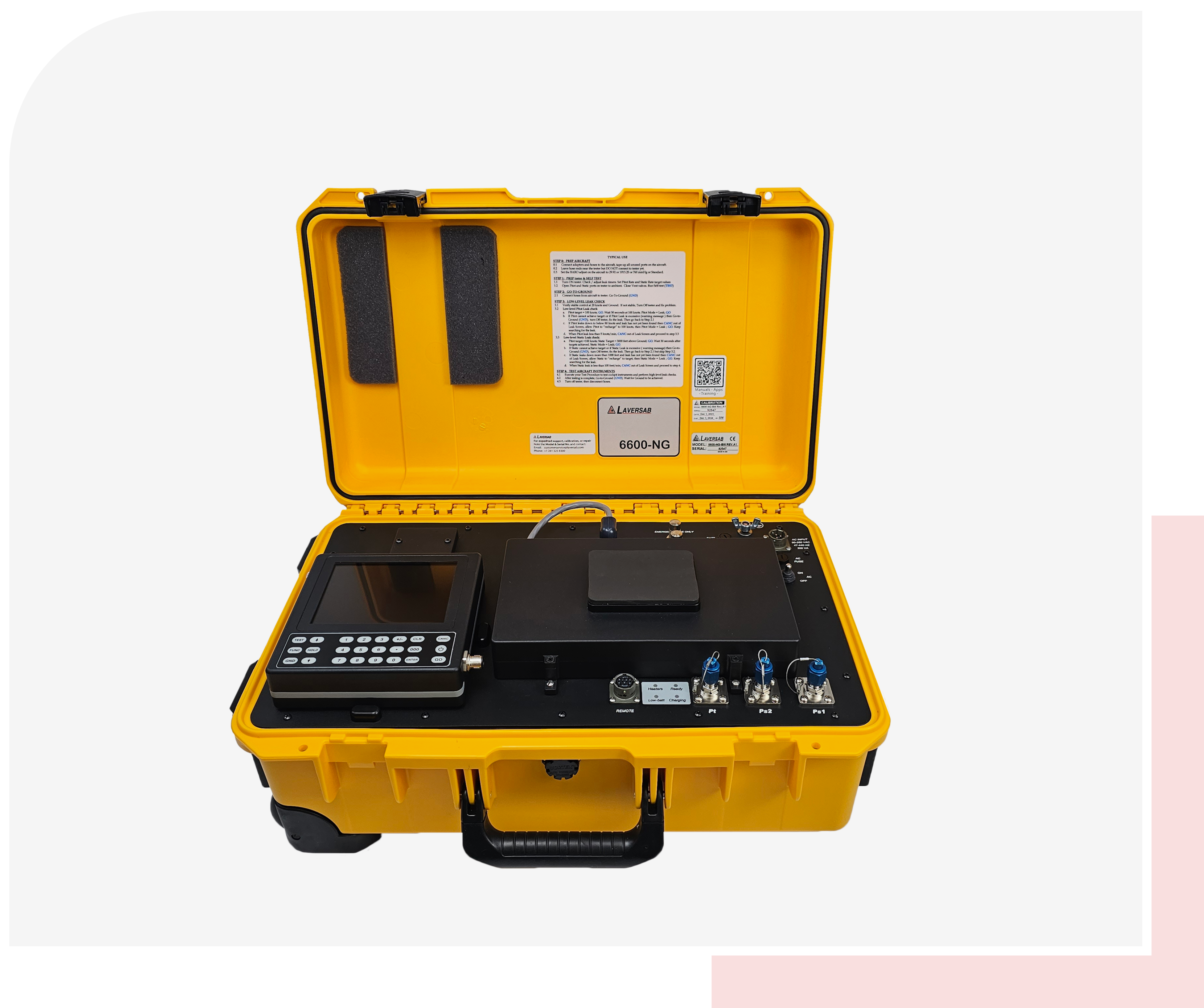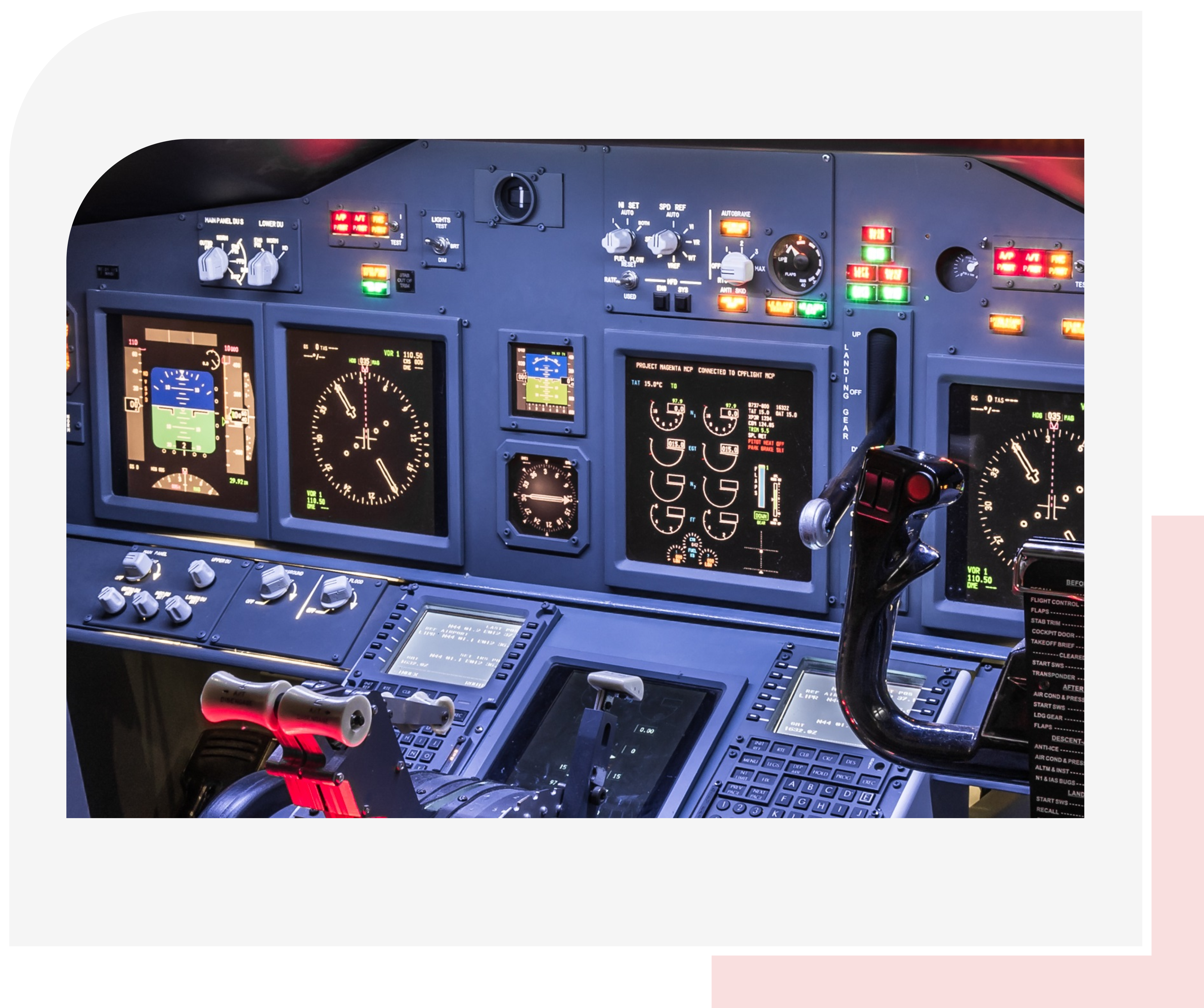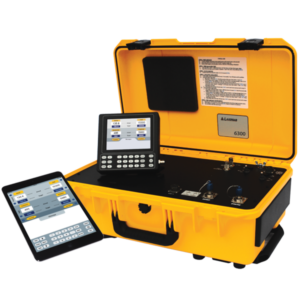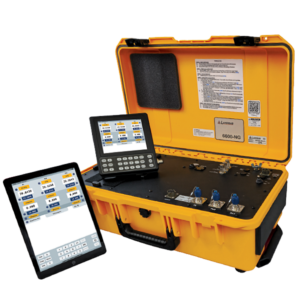Leak Checks
Leak checking an aircraft’s pitot-static system is essential to ensure accurate airspeed and altitude readings. Here are the steps to perform a thorough leak check:

Visual Inspection
-
-
- Examine the pitot tube, static ports, and associated tubing for any visible damage, cracks, or loose fittings.
-
Visual Inspection
-
-
- Ensure that the pitot tube is unobstructed (free from dirt, insects, or ice) and that the drain hole is clear.
-


Pressurization Method:
-
-
- Connect a Laversab pitot-static tester to the aircraft pitot tubes and static ports through appropriate adapters.
- Apply pressure (usually around 150 knots equivalent airspeed) to the pitot system.
- Monitor the airspeed indicator (ASI) for any sudden changes or deviations.
- Hold the pressure for about a minute and observe if there’s any drop in indicated airspeed or altitude. This can be accomplished through the “Leak” mode from the Laversab Pitot-Static test system.
- Slowly release the pressure to avoid damaging the ASI.
-
Alternate Static Source Check:
-
-
-
- While in flight, switch to the alternate static source (if your aircraft has one).
- Observe any changes in airspeed and altitude indications.
- If there’s a significant difference, it could indicate a leak in the primary static system.
-
-


Calculating Airspeed:
-
-
- The difference between dynamic pressure (from the pitot tube) and static pressure (from the static ports) is the pitot-static pressure differential.
- This differential pressure is used to calculate the aircraft’s airspeed.
- The airspeed indicator in the cockpit displays this calculated value.
-
Regular Maintenance:
-
-
-
- Schedule routine inspections to ensure the pitot-static system remains leak-free.
- Address any issues promptly to maintain accurate instrument readings.
-
-





